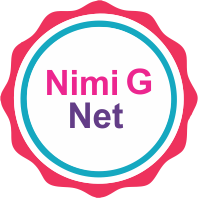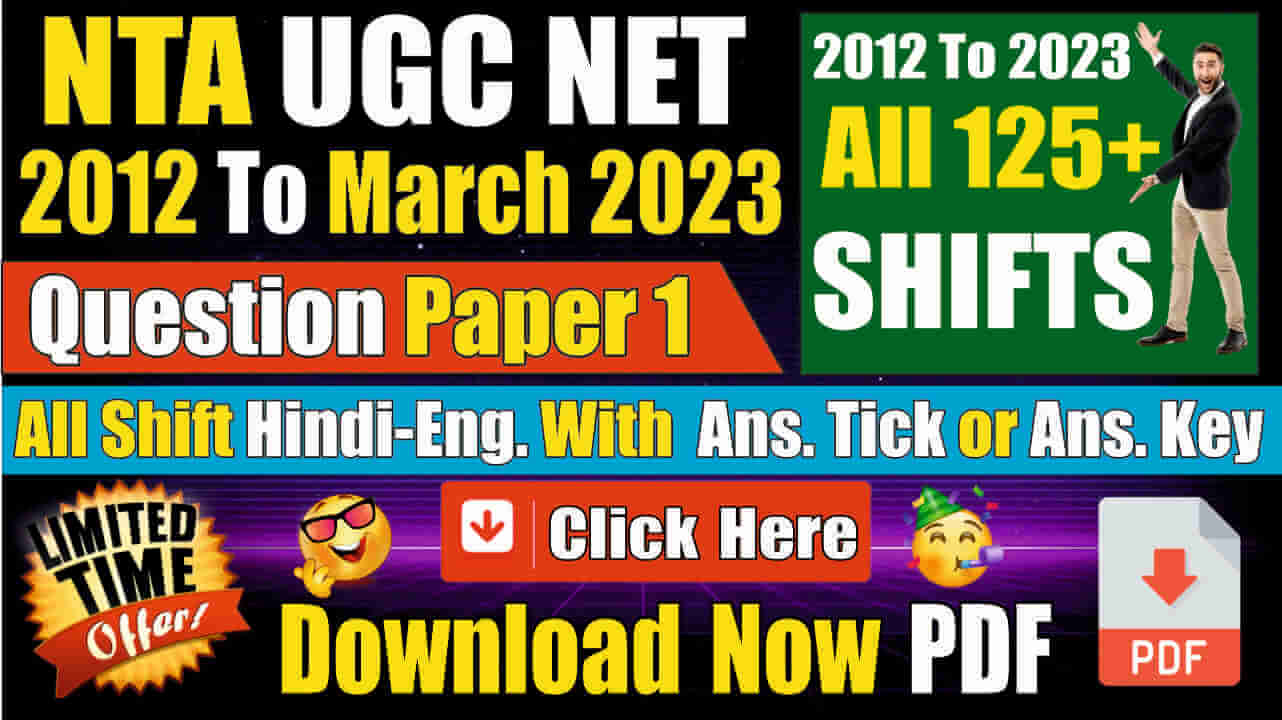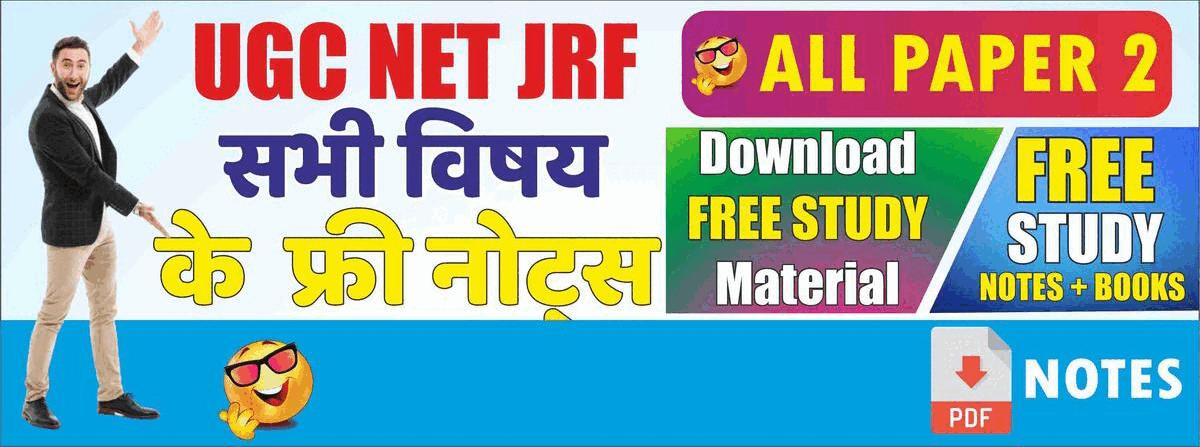Nta Ugc Net New Syllabus 2019 For Museology & Conservation
Post Recommended For :
Nta Ugc net Museology & Conservation syllabus 2019 , Nta Ugc net Museology & Conservation question papers, Nta Ugc net Museology & Conservation books in Museology & Conservation pdf, Nta Ugc net Museology & Conservation books online, Nta Ugc net Museology & Conservation books 2019, Nta Ugc net Museology & Conservation syllabus 2019 download, Nta Ugc net Museology & Conservation syllabus 2019 pdf download, Nta Ugc net syllabus 2019 Museology & Conservation download, Nta Ugc net syllabus 2019 for Museology & Conservation pdf, Nta Ugc net books for Museology & Conservation in Museology & Conservation, Nta Ugc net syllabus 2019 for Museology & Conservation, Nta Ugc net Museology & Conservation syllabus 2019 Museology & Conservation medium, Nta Ugc net Museology & Conservation in Museology & Conservation syllabus 2019 , latest Nta Ugc net syllabus 2019 for Museology & Conservation, Nta Ugc net Museology & Conservation new syllabus 2019 , syllabus 2019 of Nta Ugc net Museology & Conservation 2019, syllabus 2019 of Nta Ugc net Museology & Conservation,
Subject: Museology and Conservation Code No.: 66
SYLLABUS
Unit I: Introduction to Museum and Museology
Definitions and concepts of museum, ecomuseum, community museum, virtual museum, neighborhood museum, etc.
Definitions and concept of museology, new museology, meta museology, museography, etc.
Early collections, ancient and medieval prototypes of museums. History, growth and development of museums in Indian and global context.
Classification and types of museums.
Functions and role of museums.
Role of national and international professional organizations – Museums Association (U.K.), Museums Association of India, UNESCO, ICOM, ICCROM, Commonwealth Association of Museums, American Alliance of Museums, IASC, IIC, IUCN, UNESCO-ICOM Museum Information Center, etc.
ICOM code of ethics.
Unit II: Collection Management
Purposes of collecting. Scope of collections – tangible and intangible.
Ethics of collecting. Collection management policy including acquisitions,disposal, loaning, insurance, etc.
Methods of collecting tangible and intangible heritage.
Methods of authenticating museum objects.
Collection holding areas for tangible and intangible collections – accessibility, retrieval, storage systems and preventive conservation measures.
Collection security. Guidelines for handling, packing and transporting collections.
Unit III: Documentation and Research of Tangible and Intangible Collections
Purposes of documenting museum collections
Ethics of documentation.
Documentation policy and procedures.
Types of documents – entry, accession, classified, and movement registers; index and catalogue cards. Digital documentation.
Numbering the objects – numbering systems, procedure of applying numbers on objects. Barcoding.
Documentation standards – format of various types of documents. Use of standard terminology. Concept of Object ID.
Objectives and scope of collection research. Models of collection research.
Unit IV: Museum Exhibitions
Museum exhibition as a communication system. Models of communication in the context of exhibitions.
Exhibition policy.
Ethics of exhibitions.
Types of exhibitions on the basis of duration, location, arrangement of objects/ specimen and purpose.
Components of exhibitions – objects/ specimen, communication media, text, exhibition furniture and accessories. Spatial and other relationships between exhibit components.
Exhibition text – Types of labels, assessing reading and comprehensibility of text, typography, designing and preparation of labels.
Exhibition lighting – Basic considerations while using light, types of light sources, different types of lamps, recent trends: fibre optics, track lighting, computer controlled lighting.
Planning and designing exhibitions – stages of planning; exhibition brief; using principles of design, ergonomics, colour, texture and light in exhibitions. Orientation. Circulation of visitors. Signage. Use of multi-media.
Designing exhibition furniture, dioramas, and historical settings.
Evaluation – front-end analysis, formative and summative evaluation.
Unit V: Museum Education, Interpretation and Publications
Role and potential of museums in informal, non-formal and formal education/ learning.
Museums and life long learning. Barriers to learning in museums. Education versus interpretation.
Ethics of museum education.
Museum education policy. Theories of learning. Characteristics of learning in museums.
Various learning activities such as guides tours, lectures, talks, storytelling, workbooks, workshops, demonstrations, drama, role play, live interpretation, digital methods, etc. for different target groups.
Making learning opportunities accessible to persons with disabilities.
Museum extension services – travelling and mobile exhibitions, school loan kits, community programmes, excursions, field trips, heritage walks, etc. Extension through digital media.
Museum publication – purpose and types.
Feedback – purposes and methods
Unit VI: Conservation of Collections — Part I
Definitions of conservation – preventive, remedial and restoration. Terminology used in conservation.
Nature and properties of material of collections – organic, inorganic and composite. Susceptibility of materials to different agents of decay.
Ethics of conservation.
Conservation policy. Conservation audit.
Causes and types of deterioration – environmental: effects of light, humidity, temperature and pollution; biological: fungi, insects, rodents and birds; human – carelessness, mishandling and wrong treatment; disasters: fire, flood, earthquake, arson, etc.
Preventive conservation: significance and effectiveness, and implementation in storage, exhibitions and transit through –
Environmental control – monitoring of light and UV radiations, R.H., Temperature and pollutants and application of control measures. Tools and equipments used in monitoring and control.
Integrated Pest Management – identification, control and termination of pests. Various fungicides, insecticides and rodenticides used in IPM. Good practices of Housekeeping and Rules of handling museum objects. Tools, materials and equipments used in housekeeping and handling.
Unit VII: Conservation of Collections — Part II
Methodology of remedial conservation – techniques of examination, diagnosis of type and extent of decay, documentation and testing of probable treatments, treatment of objects using suitable materials and method. Recommendations for preventive care.
Materials, equipment, tools and techniques used in remedial conservation of following materials –
i. Paper and archival materials ii. Paintings on different substrate such as wall, canvas, paper, wood, textiles,
palmleaf etc. iii. Textiles and costumes iv. wood, skin material, bone, horn and ivory v. metallic objects made of iron, copper, bronze and silver vi. stone objects vi. ceramic and glass vii. Biological specimens
Health and safety issues.
Unit VIII: Museum Management
Concept of Management : Foundations and evolution. Essential components of management : decision making and leadership.
Functions of management: Planning: Types of plans – Vision and mission statements, objectives, policies,
Procedures, rules, strategies, action plans, and contingency plans. Planning process, MBO, Strategic planning, Use of Critical Path method and Simple Bar method in planning. Organization Design – staff structures, job descriptions, authority and
responsibilities. Staffing – Framing recruitment rules, methods of recruitment, training and
development of human resource. Performance appraisal. Controlling — process and methods of control. Financing — sources of fund generation, Budget and budgeting
Project Management.
Prevention of harassment in work place.
Museum security – Risk assessment and management. Manual, physical and electronic security. Security procedures. Fire safety.
Disaster management – preparation, prevention, response and recovery.
Unit IX: Museum Marketing and Public Relations
Meaning and purpose of marketing and its role in museums. Marketing terminology.
Concept and types of products. Product Life cycle and marketing strategies at different stages. Museum as a multiproduct organization and a service.
Segmentation and target marketing – significance, bases and approaches.
Marketing Mix – Product, Price, Promotion and Place: significance, tools and strategies.
Marketing Research – purpose, types and methods.
Marketing versus Public Relations. Definitions and significance of Public Relations. Foundational Principles of Public relations.
Tools, tactics and strategies of Public Relations. Media relations. Public relations campaigns.
Unit X: Legislation and Conventions Related to Museums and Heritage
The Indian Treasure Trove Act, 1878
The Ancient Monuments and Archaeological Sites and Remains Act, 1958
The Antiquities and Art Treasures Act, 1972
The Wild Life Protection Act, 1972
Persons with disabilities (Equal Opportunities, Protection of Rights and Full Participation) Act, 1995
Right to information Act, 2005
UNESCO World Heritage Convention, 1972
Convention on International Trade in Endangered species of Wild Flora and Fauna (CITES), 1973
The Venice Charter, 1964
The UNESCO Convention for the Safeguarding of the Intangible Cultural Heritage, 2003
Click Here To Download >> Nta Ugc Net Syllabus 2019 For Museology & Conservation Download Pdf
Must Read This : Nta Ugc Net Paper 1st Study Free Material Notes [ Eng-Hindi Pdf ] 2019
-
Best Reference Book For Nta Ugc Net Paper 1st
-
[ Download Pdf ] : Ugc Net Previous Old Question Paper 1st
-
Ugc Net Final Answer Key Paper 1st 2012 To 2018 [ Pdf ]
-
Ugc Net Old Papers With Ans. Key 2006-2018
-
Nta Ugc Net Paper 1st Study Material In Hindi Pdf
-
Syllabus For Nta Ugc Net Paper 1 [ New Updated 2019 ]
-
Our Youtube Channel
-
Ugc Net Previous Paper 2nd-3rd
-
Syllabus For All Paper 2nd- Nta Net Exam [ New Updated 2019 ]
-
Paper 1st Separate Topic Pdf-Nta Net Exam
Nta Ugc Net New Syllabus 2019 For Museology & Conservation
Post Recommended For :
Nta Ugc net Museology & Conservation syllabus 2019 , Nta Ugc net Museology & Conservation question papers, Nta Ugc net Museology & Conservation books in Museology & Conservation pdf, Nta Ugc net Museology & Conservation books online, Nta Ugc net Museology & Conservation books 2019, Nta Ugc net Museology & Conservation syllabus 2019 download, Nta Ugc net Museology & Conservation syllabus 2019 pdf download, Nta Ugc net syllabus 2019 Museology & Conservation download, Nta Ugc net syllabus 2019 for Museology & Conservation pdf, Nta Ugc net books for Museology & Conservation in Museology & Conservation, Nta Ugc net syllabus 2019 for Museology & Conservation, Nta Ugc net Museology & Conservation syllabus 2019 Museology & Conservation medium, Nta Ugc net Museology & Conservation in Museology & Conservation syllabus 2019 , latest Nta Ugc net syllabus 2019 for Museology & Conservation, Nta Ugc net Museology & Conservation new syllabus 2019 , syllabus 2019 of Nta Ugc net Museology & Conservation 2019, syllabus 2019 of Nta Ugc net Museology & Conservation,





